25.05.2018
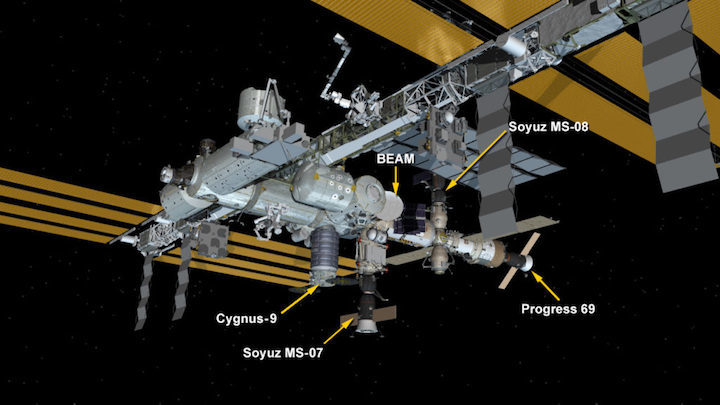
The Orbital ATK Cygnus cargo ship was bolted into place on the International Space Station’s Earth-facing port of the Unity module at 8:13 a.m. EDT. The spacecraft will spend about seven weeks attached to the space station before departing in July. After it leaves the station, the uncrewed spacecraft will deploy several CubeSats before its fiery re-entry into Earth’s atmosphere as it disposes of several tons of trash.
Orbital ATK’s Cygnus was launched on the company’s Antares rocket Monday, May 21, from the Mid-Atlantic Regional Spaceport Pad 0A at NASA’s Wallops Flight Facility in Virginia. The spacecraft’s arrival brings about 7,400 pounds of research and supplies to support Expedition 55 and 56. Highlights include:
- The Biomolecule Extraction and Sequencing Technology (BEST), an investigation to identify unknown microbial organisms on the space station and understand how humans, plants and microbes adapt to living on the station
- The Cold Atom Laboratory, a physics research facility used by scientists to explore how atoms interact when they have almost no motion due to extreme cold temperatures
- A unique liquid separation system from Zaiput Flow Technologies that relies on surface forces, rather than gravity, to extract one liquid from another
- The Ice Cubes Facility, the first commercial European opportunity to conduct research in space, made possible through an agreement with ESA (European Space Agency) and Space Applications Services.
- The Microgravity Investigation of Cement Solidification (MICS) experiment is to investigate and understand the complex process of cement solidification in microgravity with the intent of improving Earth-based cement and concrete processing and as the first steps toward making and using concrete on extraterrestrial bodies.
- Three Earth science CubeSats
- RainCube (Radar in a CubeSat) will be NASA’s first active sensing instrument on a CubeSat that could enable future rainfall profiling missions on low-cost, quick-turnaround platforms.
- TEMPEST-D (Temporal Experiment for Storms and Tropical Systems Demonstration) is mission to validate technology that could improve our understanding of cloud processes.
- CubeRRT (CubeSat Radiometer Radio Frequency Interference Technology) will seek to demonstrate a new technology that can identify and filter radio frequency interference, which is a growing problem that negatively affects the data quality collected by radiometers, instruments used in space for critical weather data and climate studies.
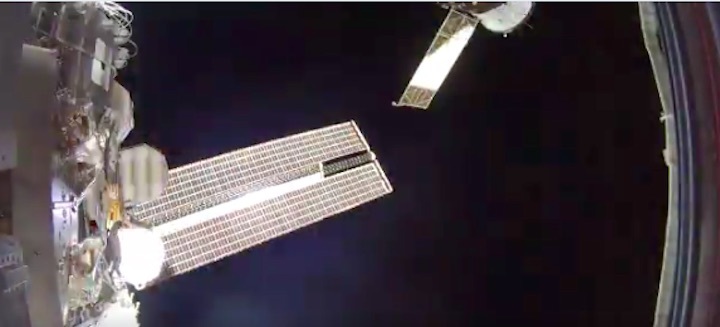
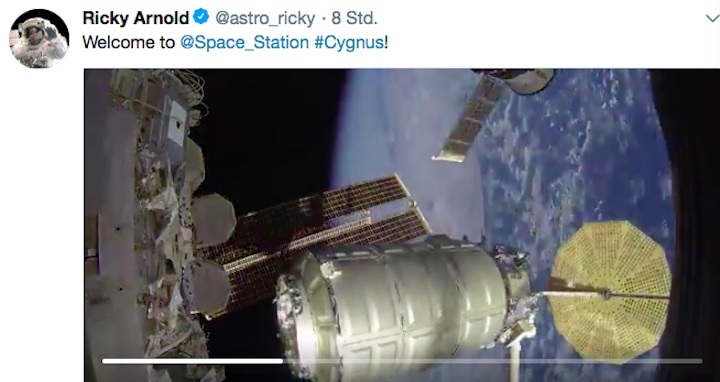
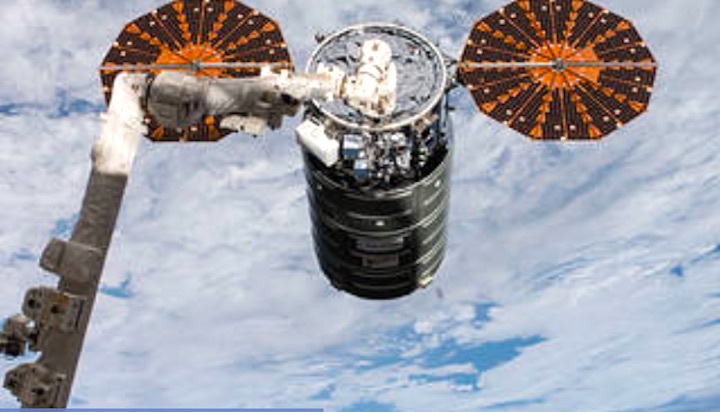

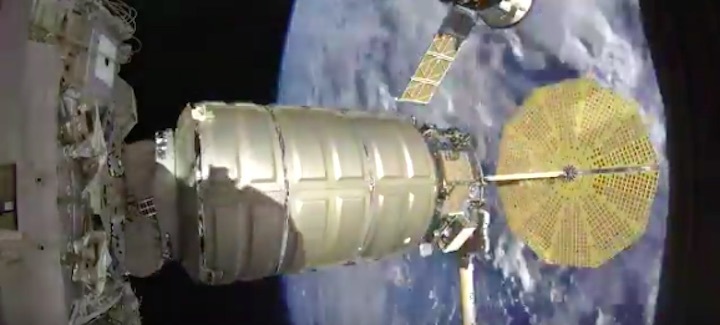
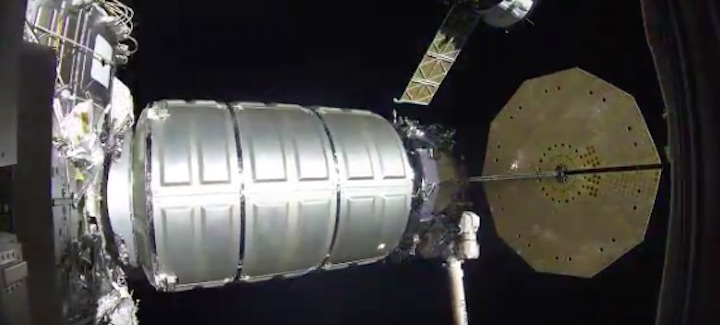
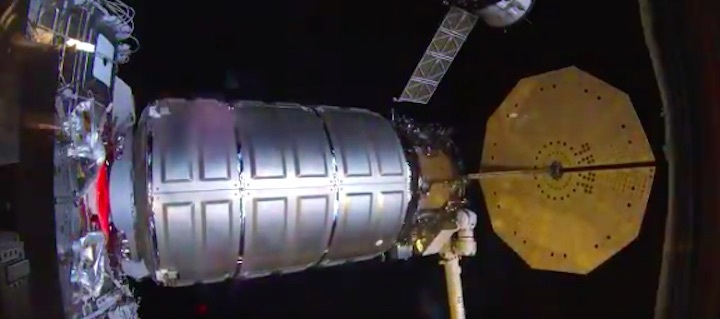
Quelle: NASA
3853 Views
